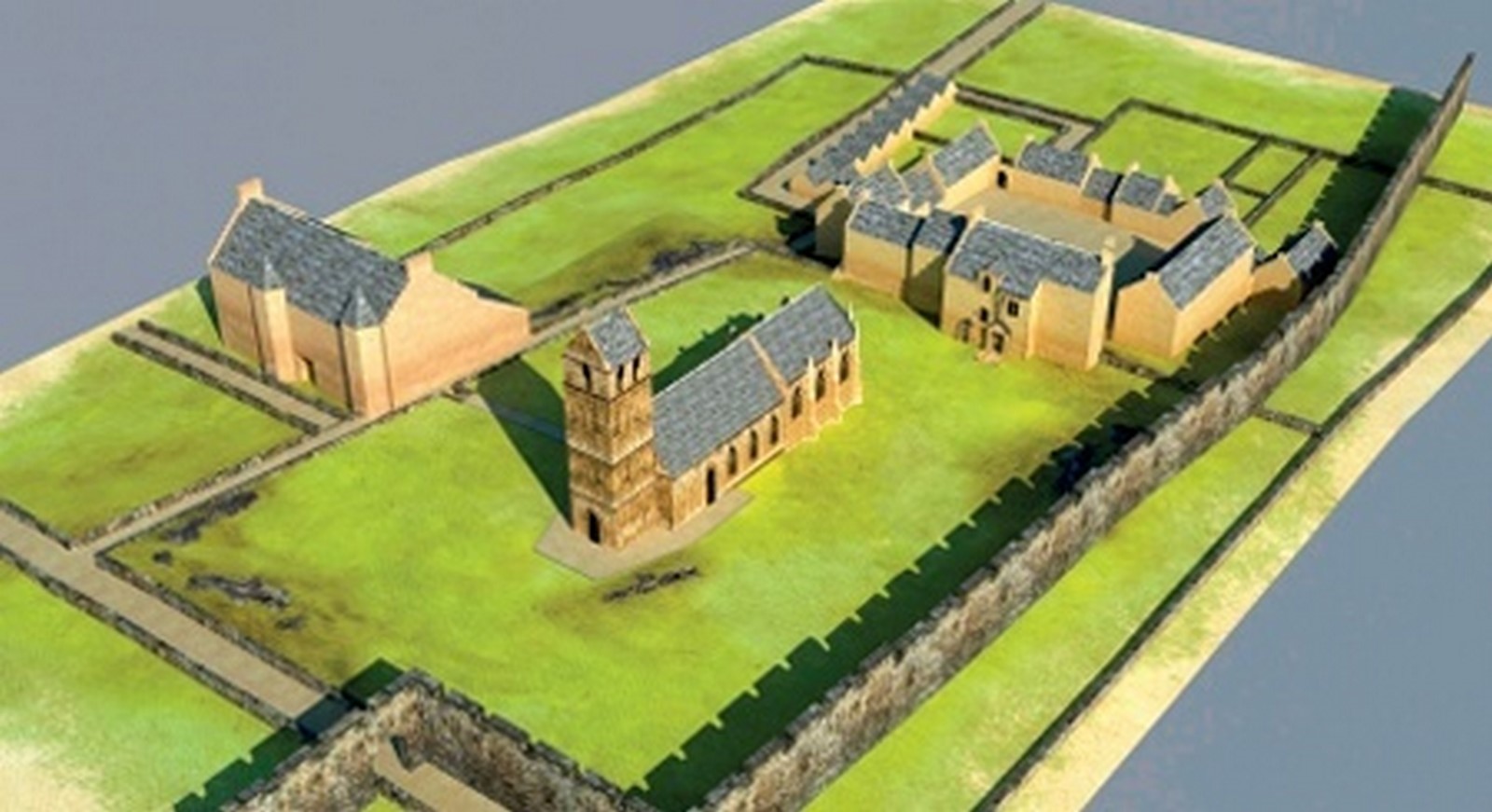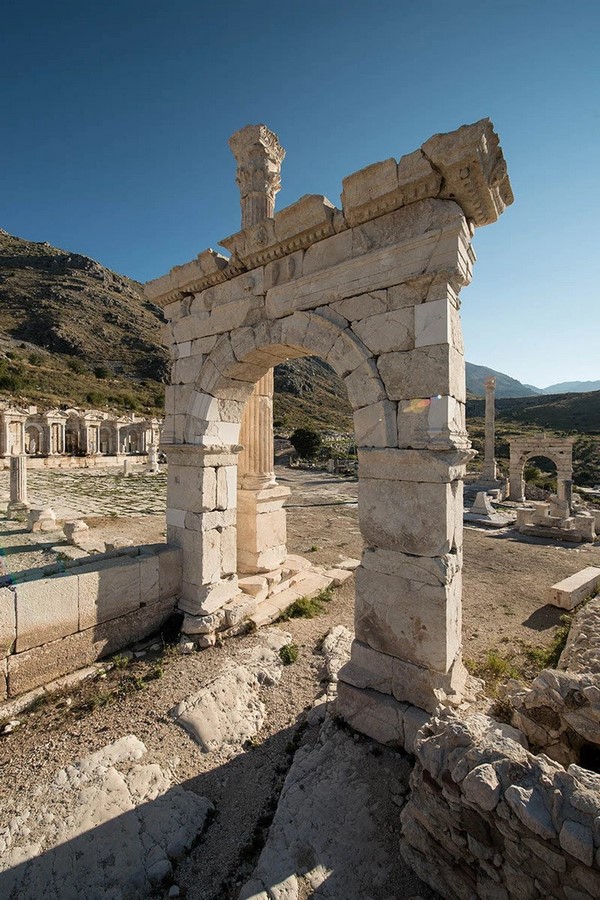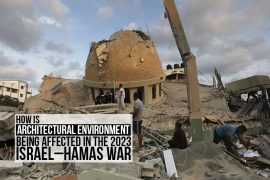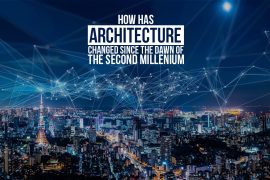Preservation and conservation of ancient monuments or buildings have always been a great challenge. But what is the need for preserving these? The ancient buildings connect us to our past, our roots, and our history. Studying these and analyzing them helps humans to understand the way they have evolved. Learning from the past has been proven to only help us advance better in certain aspects. Different monuments around the world have various styles and they were built in different periods. Thus preserving such gigantic artefacts will only help us get a deeper knowledge about the previous times.
What is Digital Documentation?
From the olden times, different methods of preservation of historical monuments have been used. In the olden times, the buildings, styles, and history were all manually documented on paper, which were in turn preserved and used for further understanding and designing new methodologies and construction techniques. The preservation helped to create a lot of what can be seen today.

With advancements in technology, humans became more keen to preserve these buildings. Different methods of preservation were used. New experiments were done. But there are still many challenges faced by us in today’s time. The most common challenges include safeguarding old buildings from natural disasters (wildfires, storms, rains, etc.), maintenance and repair, urban developments, building materials, and so on. All these challenges are faced by architects and historians who are trying to conserve the buildings in their natural state.
Luckily to make lives simple and efficient new technologies were and are being developed day by day. The ancient drawings can now be used as an input in BIMs which gives us an output in the form of models, showcasing the features of the building. BIM stands for building information modeling, the name is pretty much enough to give us an idea about this definite technology. It is a widely used technology by architects, and engineers and is also utilized in the construction field. There are several pieces of software created which are easy to use and handle. The above-mentioned challenges do not hinder the process of creating the models in the software. With the help of new technologies, it is easier to document and analyze the monuments. The details of buildings can be preserved too. BIMs are a real-time and style saver!
Tools and the need for Digital Documentation of Monuments
In the case of Syria, the architects and historians quickly realized the use of technology for preserving the country’s heritage. The long wars have not only left a devastating impact on the people’s lives, and economy but also the country’s past cultural heritage. Syria has been home to many quondam civilizations, enriched with historical sites. However, the recent events in the country led to a rapid deterioration of these sites. The architects, conservationists, and cultural organizations were fast enough to observe the decline and tried several ways to safeguard the heritage.
The most effective way turned out to be using modern technologies. In 2015, the triumphal arch of an ancient monument dating back to 2,000 years ago was damaged in Palmyra. The Institute of Digital Archaeology took the responsibility to recreate the broken arch. The institute was successful in restoring the damaged arch, thanks to advancements in technology. A computer-based 3D rendering tool was used to create the 3D framework. This work was displayed in London, Dubai, Italy, and New York. The importance of using virtual technologies to restore and preserve the rich heritage became the topic during the exhibitions.

TARGO is a virtual reality studio specializing in digital documentation and preservation of documents. The company saw the news and was keen to safeguard the monument virtually for future generations to catch sight of. They sat down and started their work and were successful in not only preserving the monument virtually, but they have also created a means by which the user can experience the whole surrounding of the monument. Much like the games, the technology used allows the user to engage with the environment virtually. The emphasis on using photogrammetry and 3D spatial capture technology is seen in this case too. The studio company has captured the entire monument in 360 degrees in virtual reality. The advancements in technologies also pointed out in the use of light and radar from space to unearth the hidden or lost under the soils. This technology is called Lidar.

Present-day technologies are helping mankind to conserve ancient fragile monuments. These monuments are exposed to wars, natural disasters, climate change, etc. The organizations use the method of digital documentation to preserve the buildings in two ways. One is using automation to capture the visuals on the computer and then create its models. These are then used to create a real life and to scale chunks that might be missing in the monuments. The technologies are so advanced that they help us find the right texture and material. In this way, the preservation is done to make the original form to be experienced by us in real life. The second way is to use the advancements in technologies to create virtual realities, meaning that the buildings are preserved in forms of data that can be explored using different ways of display by the people. This method is less time-consuming but requires patience and good detailing. Since our future seems to be moving towards a digital world, this advancement seems more reliable for education purposes.
References:
- Ward, P. (2018, June 7). Using today’s technology to preserve the past. Culture Trip. Retrieved August 23, 2023, from https://theculturetrip.com/europe/turkey/articles/using-todays-technology-to-preserve-the-past/
- Aziz, N. (2021, February 4). Why it is more important to preserve old buildings than to build new ones? Medium. Retrieved August 23, 2023, from https://medium.com/illumination/why-it-is-more-important-to-preserve-old-buildings-than-building-new-ones-188a604b3ea6
- Melnick, K., & Melnick, K. (2019, April 17). Preserving historical landmarks in VR should be a priority. VRScout. Retrieved August 23, 2023, from https://vrscout.com/news/preserving-history-in-vr/
- Hrozek, F., Sobota, B., & Szabó, C. (2012). Digital Preservation of historical buildings using virtual reality technologies. Open Computer Science, 2(3). https://doi.org/10.2478/s13537-012-0022-8
- Enshassi, M. A., Al Hallaq, K. A., & Tayeh, B. A. (n.d.). Limitation factors of building information modeling (BIM) implementation. The Open Construction & Building Technology Journal. Retrieved August 25, 2023, from https://openconstructionbuildingtechnologyjournal.com/VOLUME/13/PAGE/189/FULLTEXT/
- Hold, S. (2021, October 22). Digital technology to preserve heritage structures. IntechOpen. Retrieved August 25, 2023, from https://www.intechopen.com/online-first/78181
- Loosli, E. (2023) Photogrammetry vs. Lidar: What sensor to choose for a given application, Wingtra. Available at: https://wingtra.com/drone-photogrammetry-vs-lidar/ (Accessed: 27 August 2023).
- (No date) The Archaeological Investigation and digital documentation of Historic Buildings. Available at: https://www.buildingconservation.com/articles/digital-documentation-buildings/digital-documentation-buildings.htm (Accessed: 27 August 2023).














